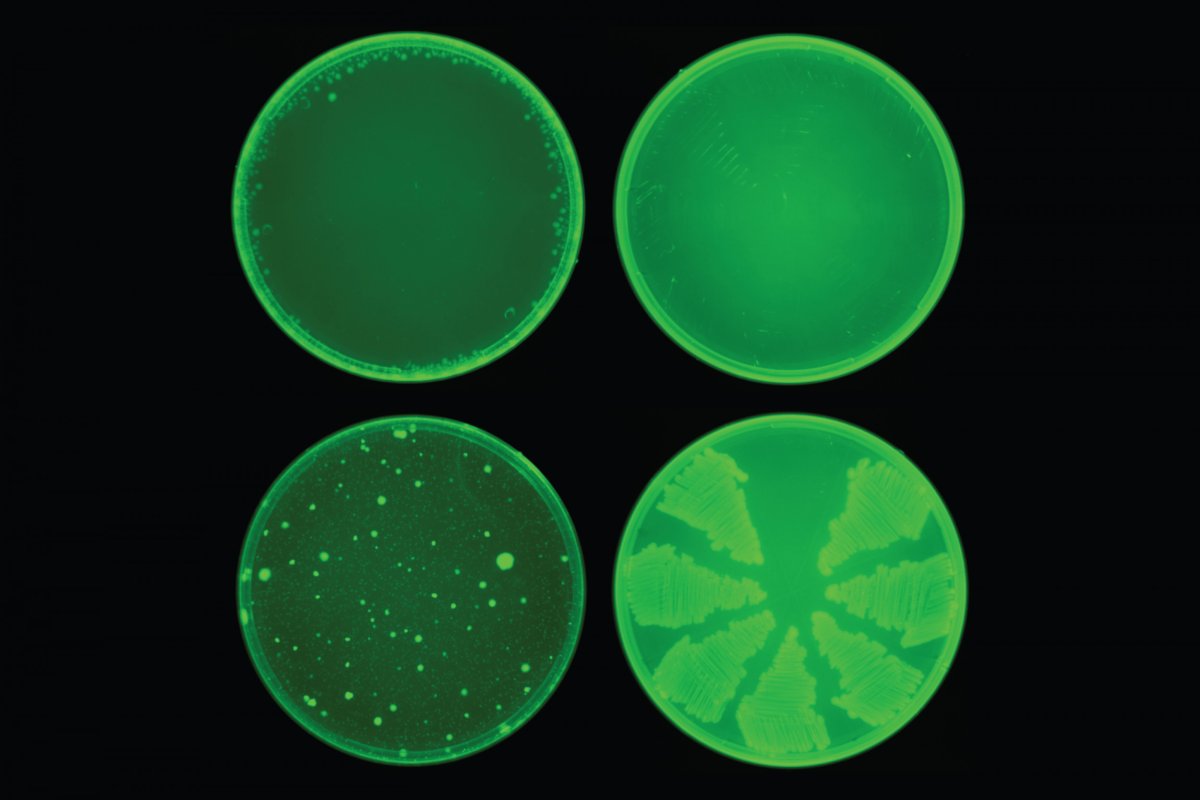Researchers have identified a powerful new antibiotic compound using artificial intelligence (AI) which can kill some of the world's most dangerous bacteria. According to a study published in the journal Cell, the compound successfully removed strains of bacteria in mice which are resistant to all known antibiotics.
A team of scientists—led by Regina Barzilay and James Collins from MIT—identified the antibiotic using an advanced "machine learning" computer algorithm which scanned a database of chemical compounds in order to find ones that may be effective at killing bacteria via different mechanisms to drugs that are already available.
According to the researchers, this is the first time that machine learning artificial intelligence—essentially, algorithms which which can improve their own ability to complete specific tasks—has been used to find new antibiotics in this way.
"We wanted to develop a platform that would allow us to harness the power of artificial intelligence to usher in a new age of antibiotic drug discovery," Collins, from MIT's Institute for Medical Engineering and Science (IMES) and Department of Biological Engineering, said in a statement. "Our approach revealed this amazing molecule which is arguably one of the more powerful antibiotics that has been discovered."
Antibiotic resistance—where bacteria develop the ability to survive the drugs designed to kill them—is an increasingly serious threat to health around the planet, one which "requires action across all government sectors and society," according to the World Health Organization.
In fact, approximately 2.8 million people become infected with antibiotic-resistant pathogens in the United States annually—resulting in more than 35,000 deaths—data from the Centers for Disease Control and Prevention suggests.
If measures are not taken to combat the problem, the United Nations estimates that superbugs—pathogens resistant to multiple drugs—could kill 10 million people around the world every year by 2050.
This makes finding new antibiotics very important. However, in recent decades very few have been developed. And those that have tend to be very similar to drugs which are currently available. The search for new antibiotics is not helped by the fact that identifying potentially effective compounds is a costly business, as well as being a lengthy process. These searches also tend to only focus on a relatively narrow spectrum of chemical compounds.
This is where the new machine learning technique comes in, enabling the researchers to efficiently identify a powerful novel compound in a relatively short amount of time.
"We use AI to virtual screen molecules to predict their antibacterial properties," Barzilay told Newsweek. "Typically, such screening is done in the lab, which is both costly and slow. Machine [learning] on the other hand can screen hundreds of millions of compounds to identify a few interesting candidates that require experimental testing.
"The low cost of this approach enables us to explore huge chemical space, while only testing compounds which are likely to be potent. This is the first time AI was used to find a new potent antibiotic molecule," she said.

Firstly, the researchers trained their machine learning algorithm to identify characteristics in a database of chemicals which make compounds effective at wiping out the E. coli bacteria. After the algorithm was "trained," the team then used it comb through another database containing around 6,000 pharmaceutical compounds.
During this search, the algorithm identified an intriguing drug known as "halicin"—named after the infamous artificial intelligence system in Stanley Kubrick's sci-fi epic 2001: A Space Odyssey—which has previously been explored by scientists as a potential treatment for diabetes.
Based on its chemical properties, the machine learning system predicted that this compound would function as an effective antibiotic, and crucially, would work via different mechanisms than currently available anti-bacterial drugs. Further analysis revealed that the drug would also likely not be toxic to human cells.
The researchers then decided to assess the drug's efficacy in treating antibiotic infections in the lab. First, they cultured bacteria in petri dishes—including types that are resistant to multiple drugs—finding that the compound was effective against all strains tested with the exception of one particularly hard-to-treat pathogen.
Subsequently, the scientists used halicin to treat mice which had been infected with a potent strain of the bacteria A. baumannii which is resistant to all known antibiotics. Intriguingly, the compound was able to completely wipe out the infection within 24 hours.
According to the team, halicin is particularly promising because it works via biological mechanisms which may be hard for bacteria to develop resistance against. In fact, the researchers found that E. coli did not develop resistance to halicin over the course of a 30-day treatment period.
The next step, the team say, is to investigate halicin further and seek partnerships with organizations which could help to potentially develop a drug for use in humans. Futhermore, halicin wasn't the only promising antibiotic candidate to be identified in the study.
The researchers also used their algorithm to scan around 100 million chemical compounds in a vast online database known as ZINC15, which contains around 1.5 billion substances in total. This scan revealed 23 further promising candidates over the course of three days. Subsequent lab tests revealed that eight of these compounds could function as antibiotics.
Now the scientists plan to conduct more research into these other compounds as well, while also carrying out further scans of the ZINC15 database. In addition, they also hope that the latest research could enable scientists to design new antibiotics from scratch or improve existing compounds.
"This groundbreaking work signifies a paradigm shift in antibiotic discovery and indeed in drug discovery more generally," Roy Kishony, a professor of biology and computer science at the Israel Institute of Technology, who was not involved in the study, said in a statement. "This approach will allow using deep learning at all stages of antibiotic development, from discovery to improved efficacy and toxicity through drug modifications and medicinal chemistry."
Uncommon Knowledge
Newsweek is committed to challenging conventional wisdom and finding connections in the search for common ground.
Newsweek is committed to challenging conventional wisdom and finding connections in the search for common ground.
About the writer
Aristos is a Newsweek science reporter with the London, U.K., bureau. He reports on science and health topics, including; animal, ... Read more
To read how Newsweek uses AI as a newsroom tool, Click here.








